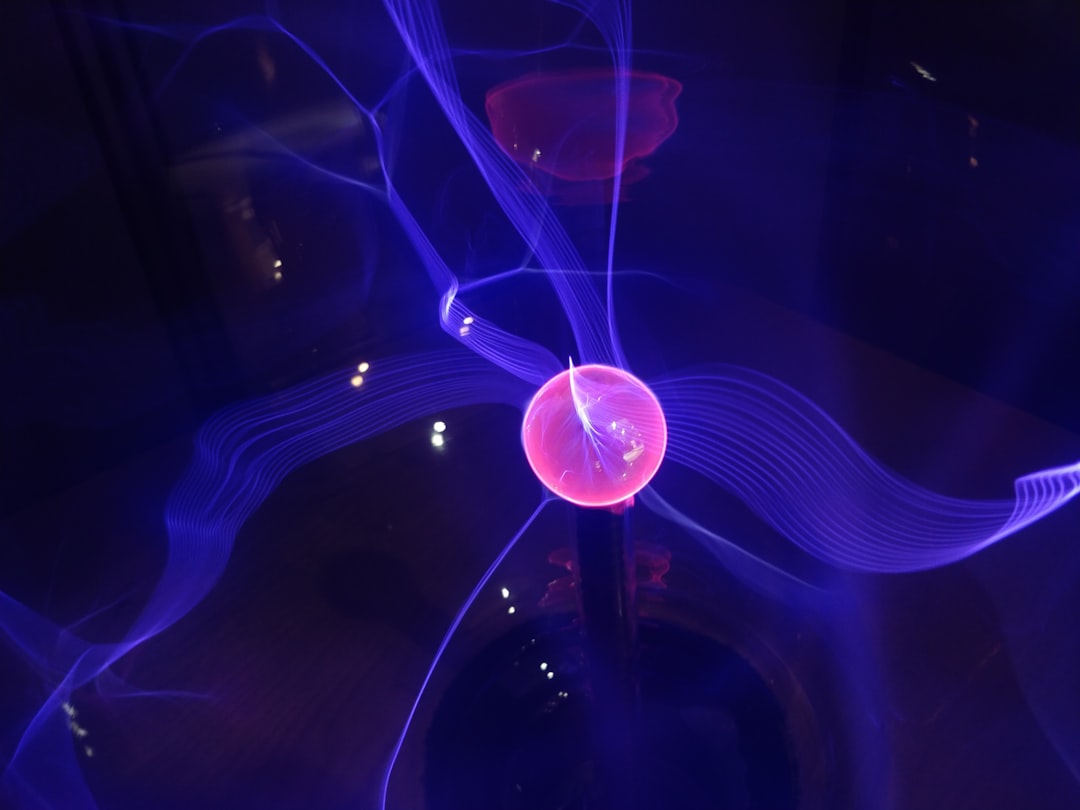Artilux reports a milestone in germanium-silicon photonics technology

In a paper in Nature, the company says it has developed a high-performing germanium-silicon single-photon avalanche diode, which could be used in PICs to unlock various applications from quantum computing to artificial intelligence
Artilux, a developer of germanium-silicon (GeSi) photonics technology for CMOS-based short-wavelength infrared (SWIR) sensing and imaging, has announced that its research team has made a breakthrough in SWIR GeSi single-photon avalanche diode (SPAD) technology.
The work has been reported in a paper called "Room temperature operation of germanium-silicon single-photon avalanche diode" in the journal Nature. This study presents the Geiger-mode operation of a high-performing GeSi avalanche photodiode at room temperature, which in the past was limited to operation at a low temperature below at least 200 Kelvin. Artilux says this publication is another indicator of its leadership in CMOS-based SWIR sensing and imaging.
The research, led by Neil Na, CTO of Artilux, reports a CMOS-compatible GeSi SPAD operated at room temperature and elevated temperatures, featuring a noise-equivalent power improvement over previously demonstrated Ge-based SPADs by several orders of magnitude. The paper showcases key parameters of the GeSi SPAD, including dark count rate, single-photon detection probability at SWIR spectrum, timing jitter, after-pulsing characteristic time, and after-pulsing probability, at a low breakdown voltage and a small excess bias.
As a proof of concept, three-dimensional point-cloud images were captured with direct time-of-flight technique (TOF) using the GeSi SPAD. “When we started the project, there were overwhelming evidence in the literature indicating that a room-temperature operation of GeSi SPAD is simply not possible,” said Na, “and I am proud of our team turning the scientific research into a commercial reality against all odds.”
According to Artilux, the findings set a new milestone in CMOS photonics. The potential deployment of single-photon sensitive SWIR sensors, imagers, and photonic integrated circuits could unlock critical applications in TOF sensors and imagers, LiDAR, biophotonics, quantum computing and communication, artificial intelligence, robotics, and more.



































